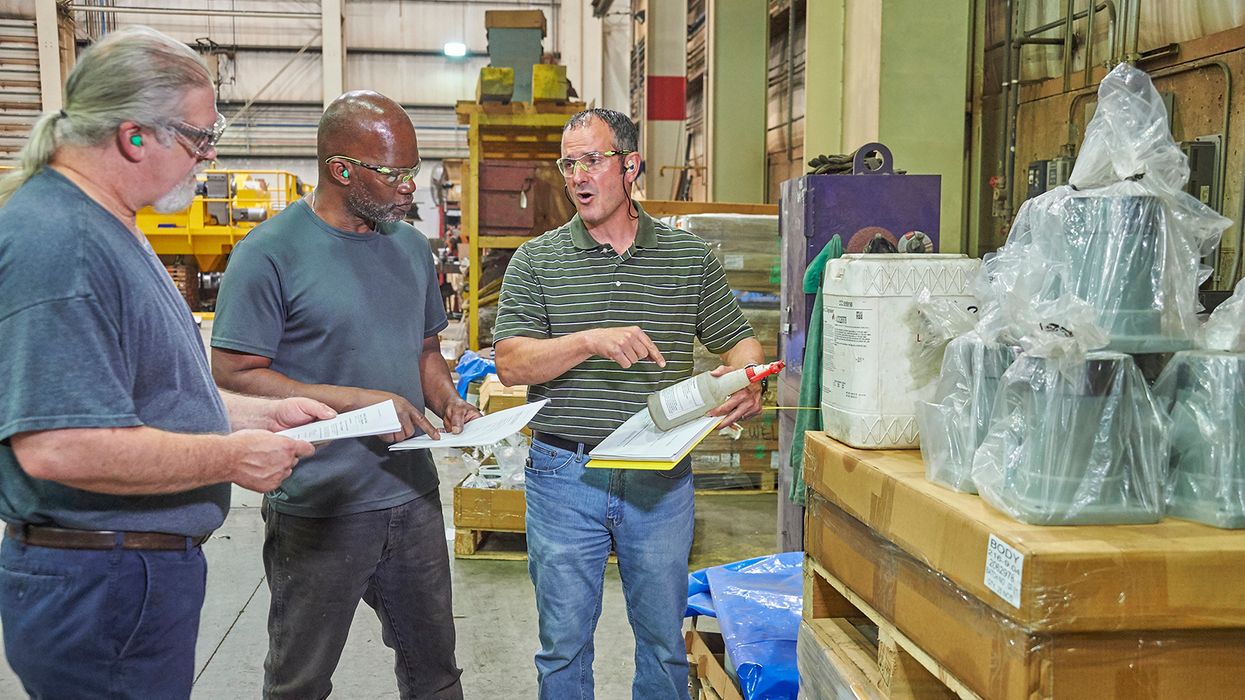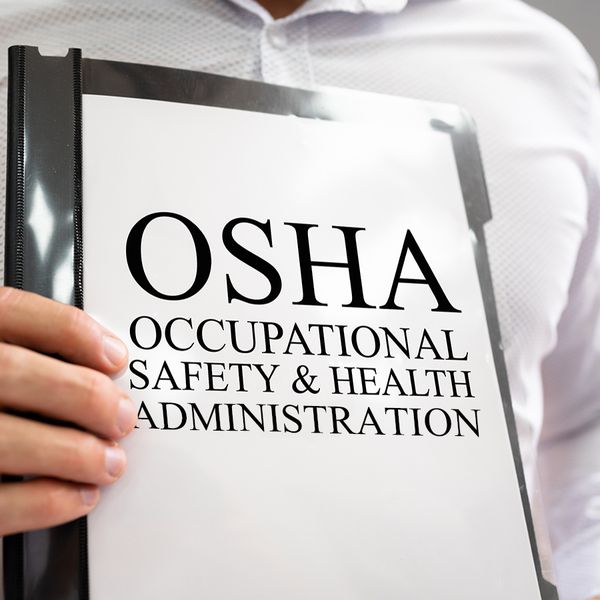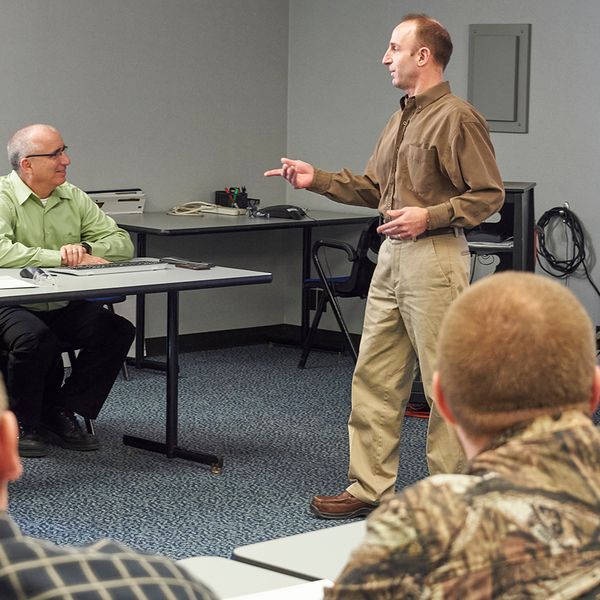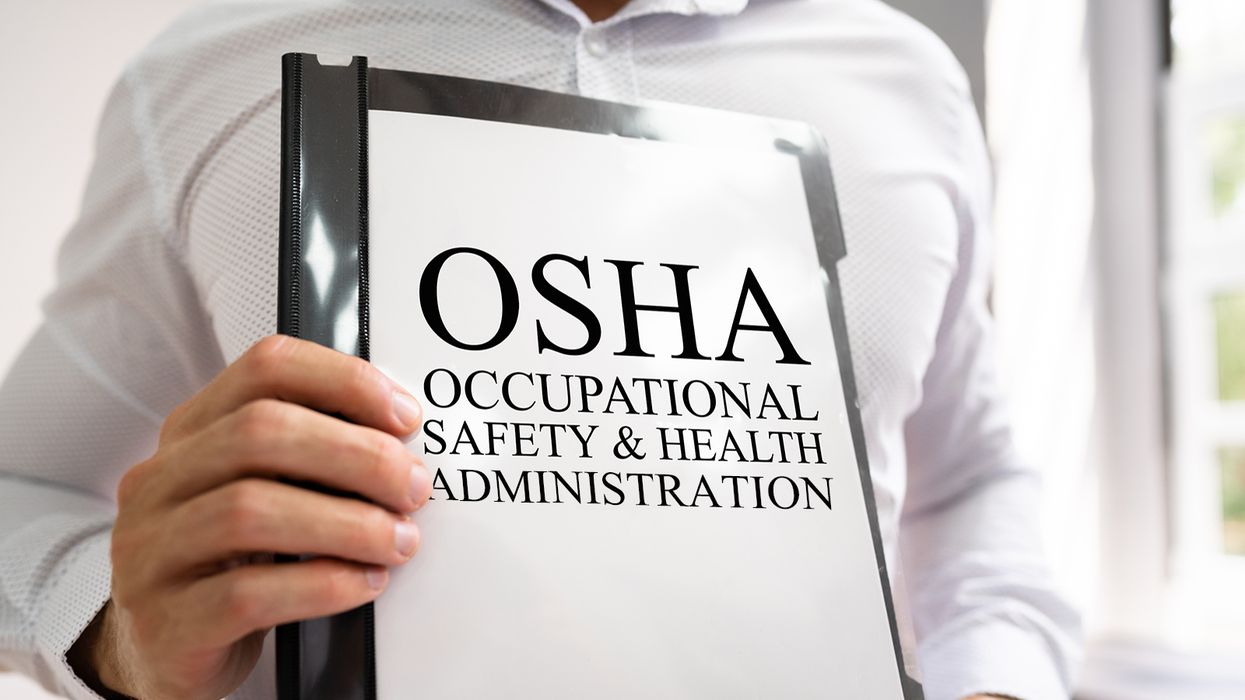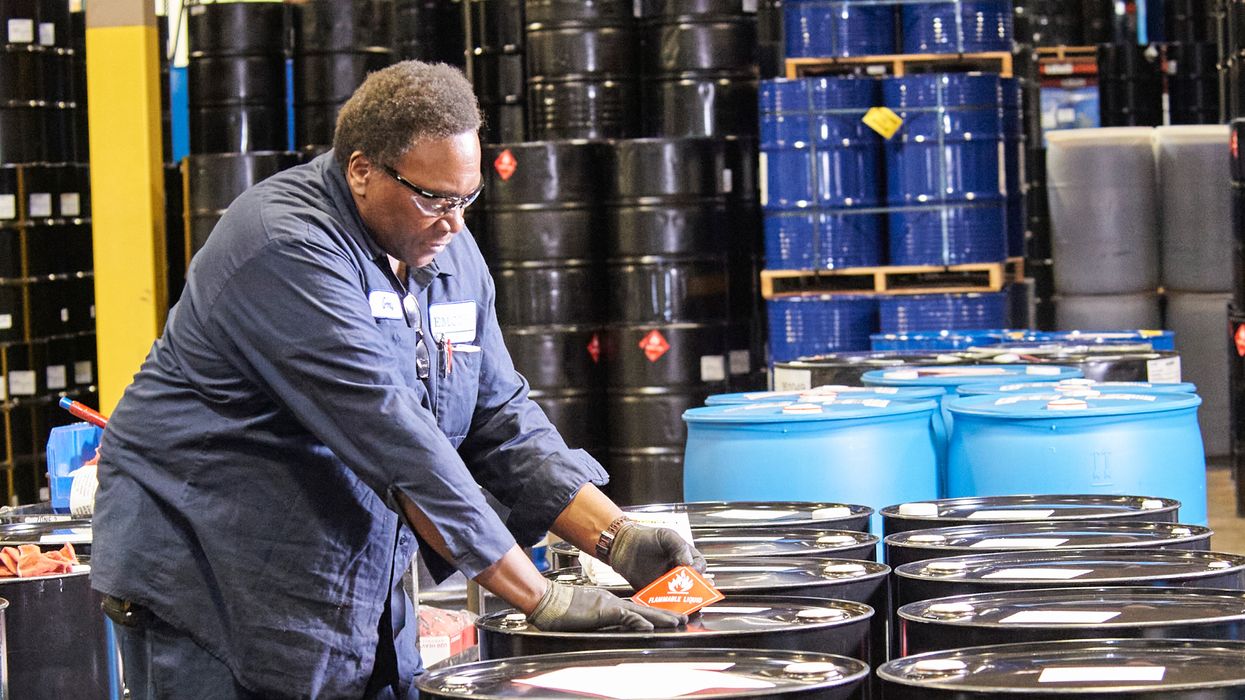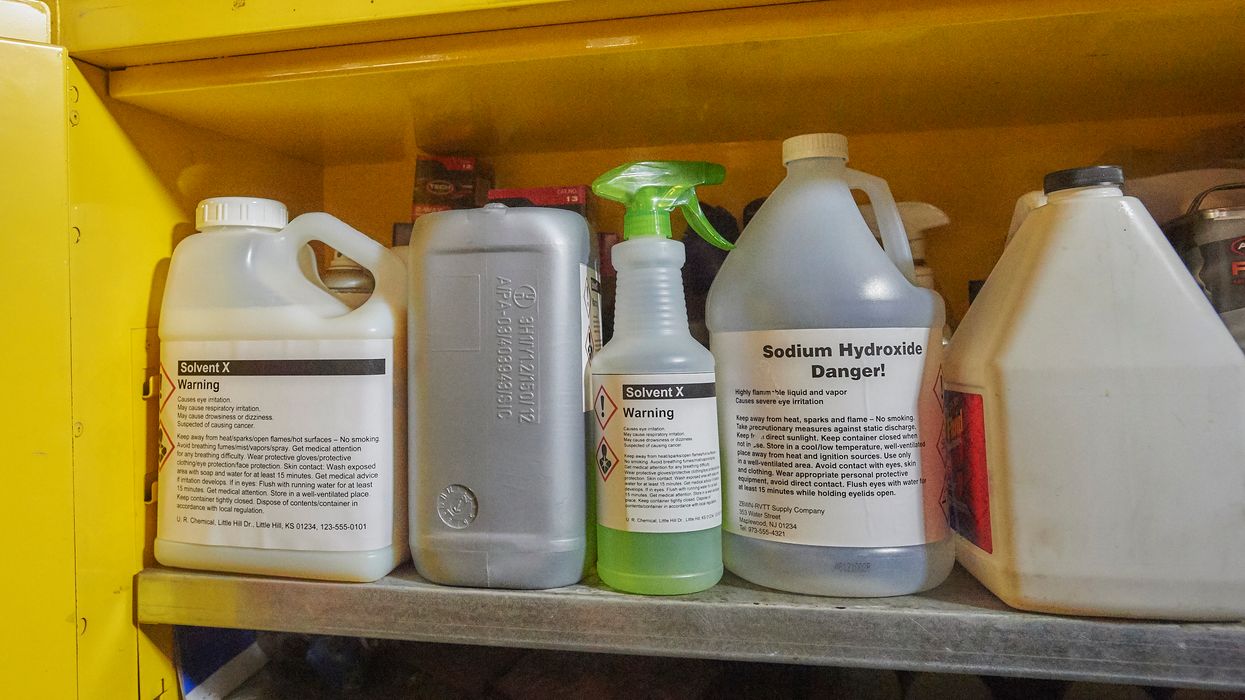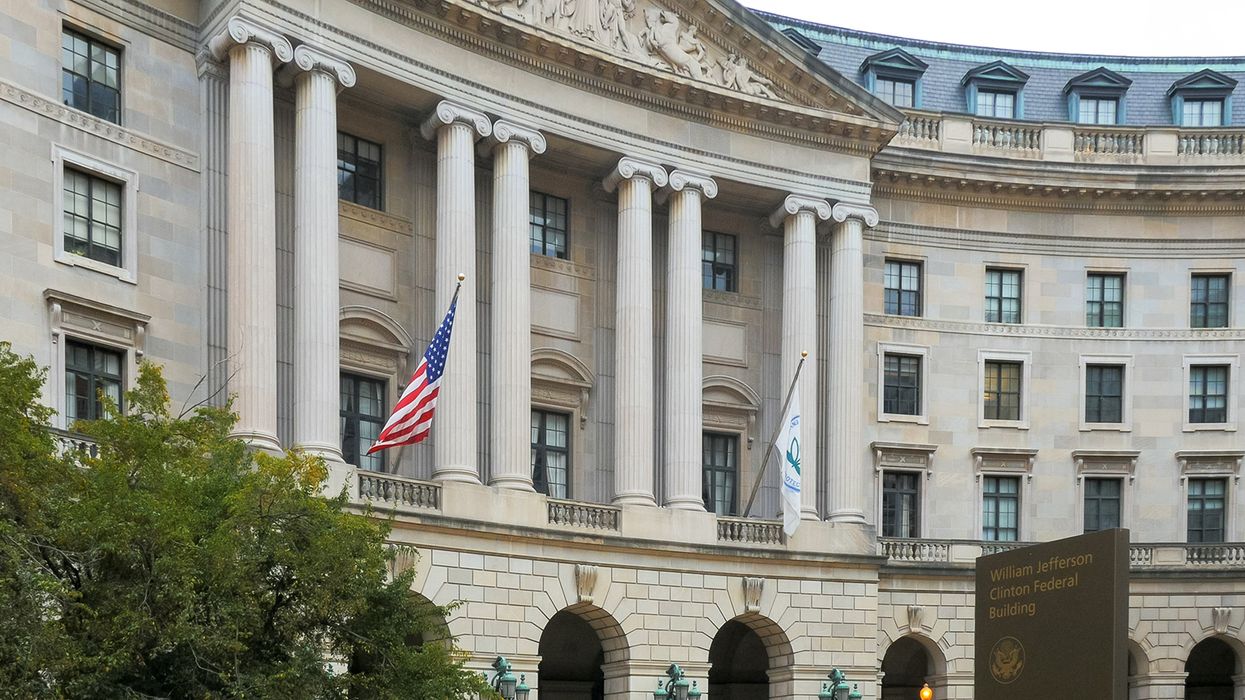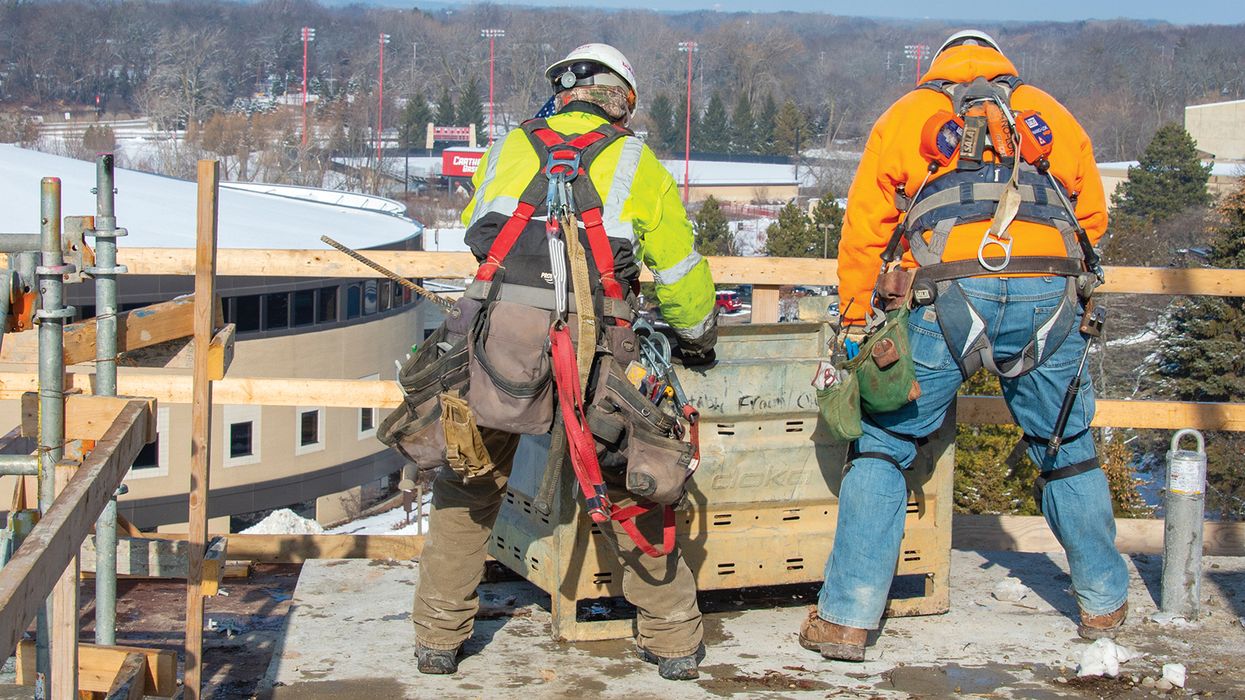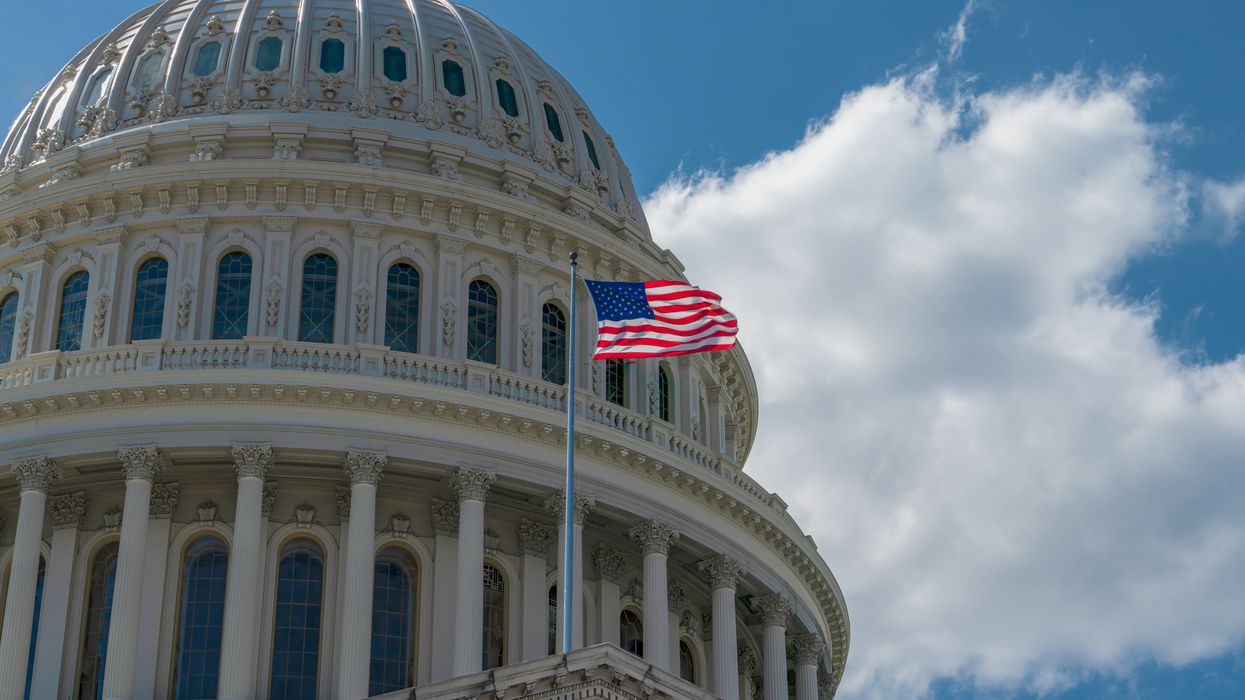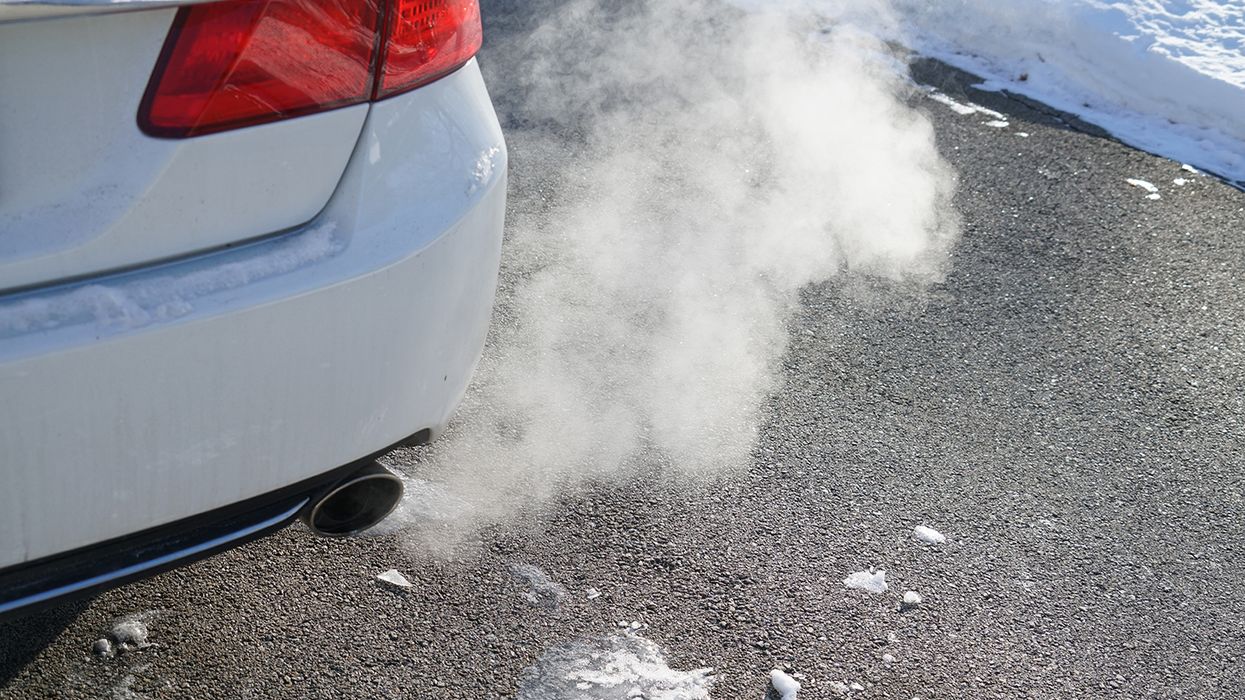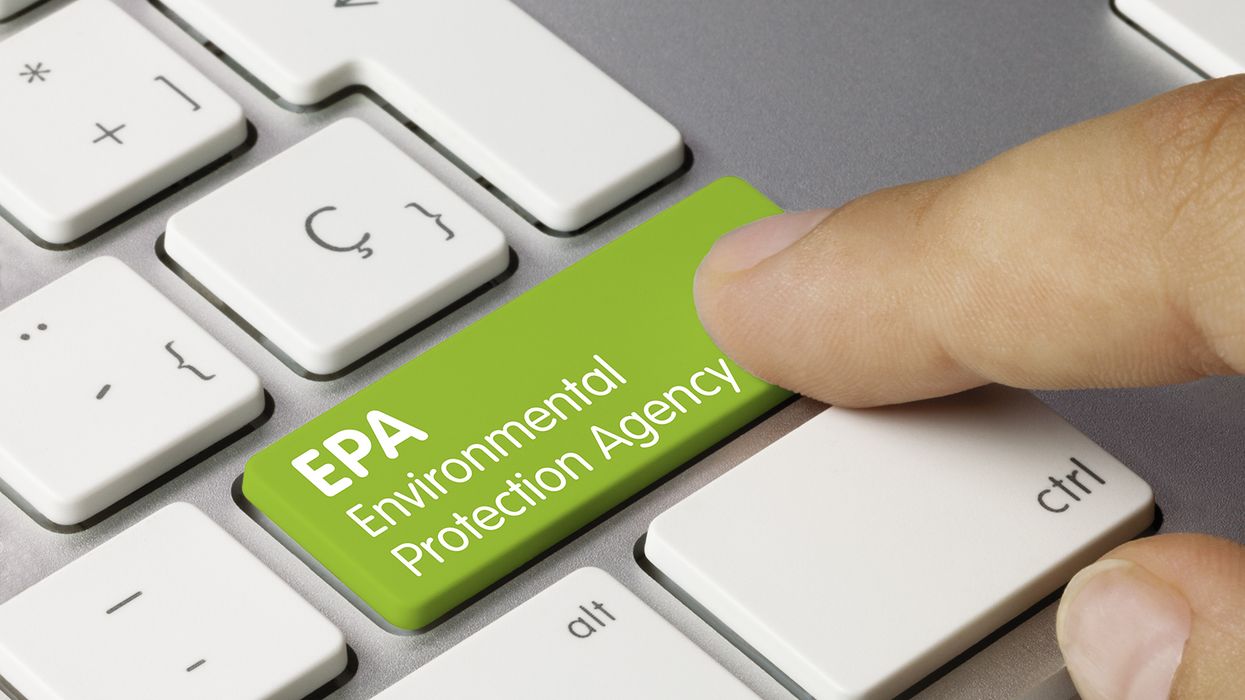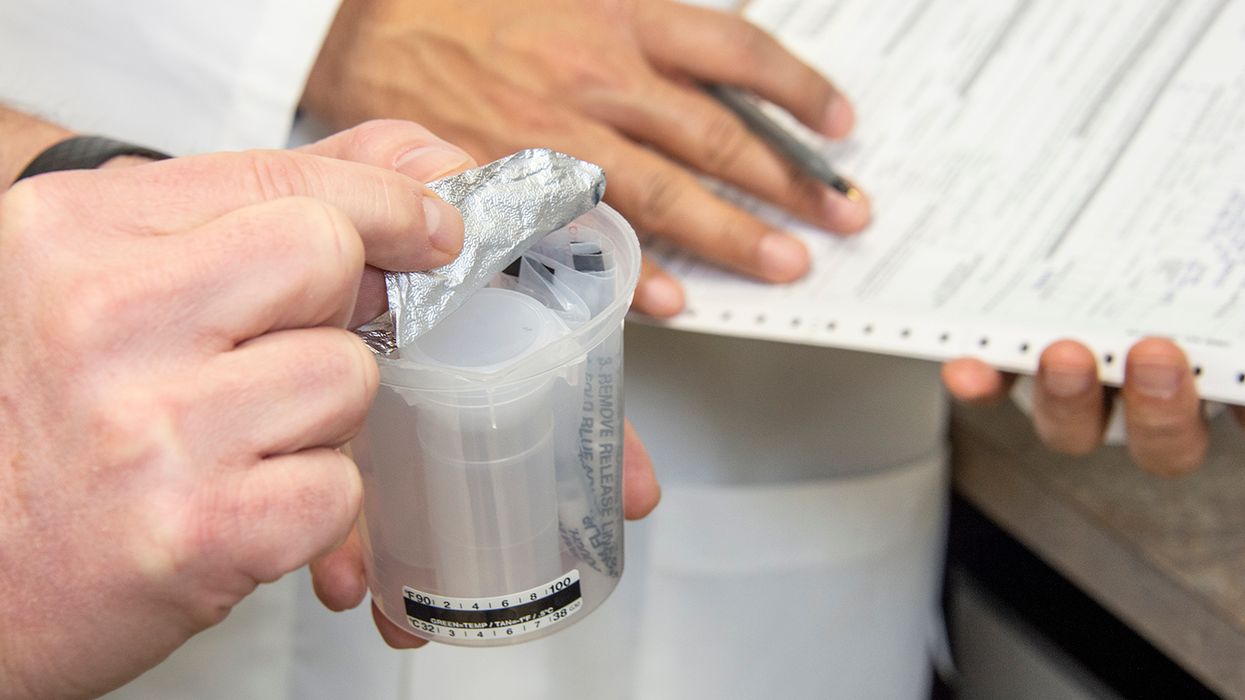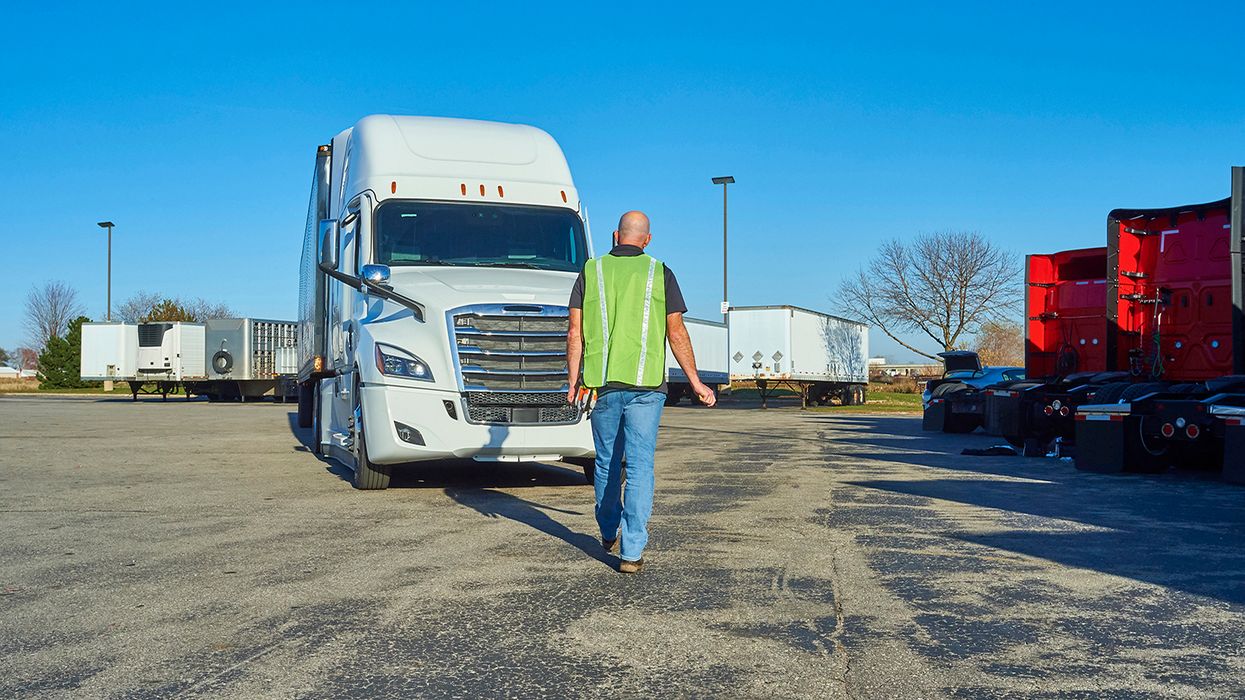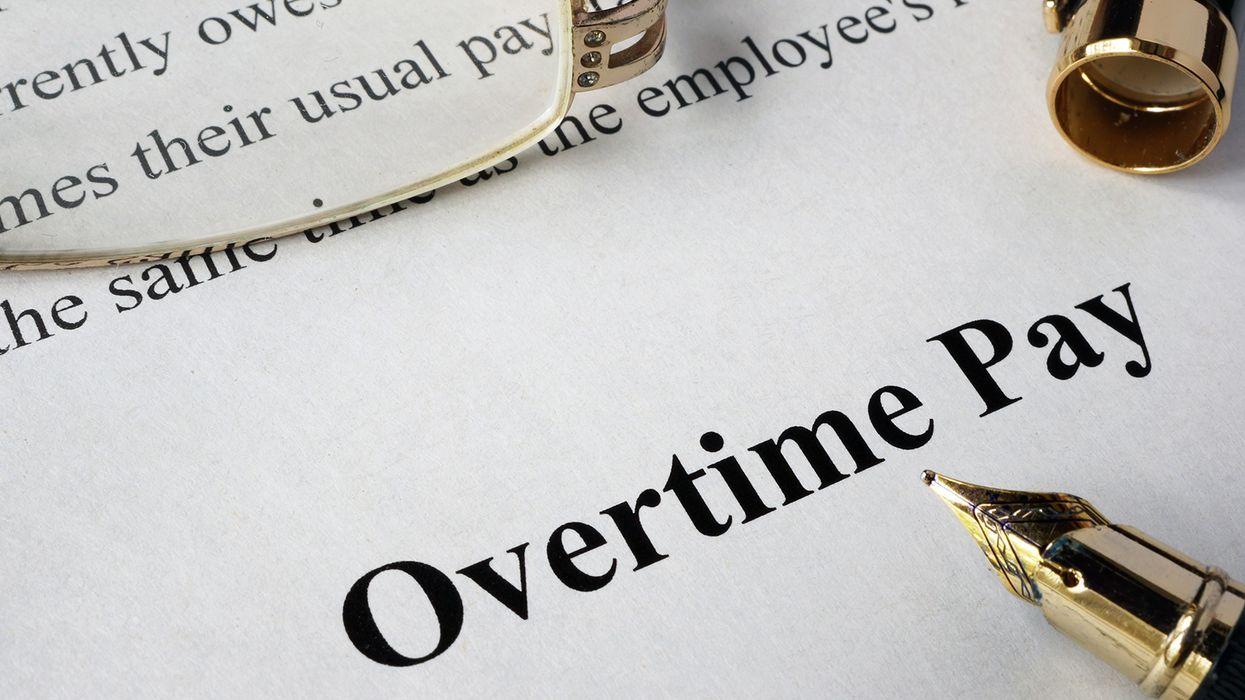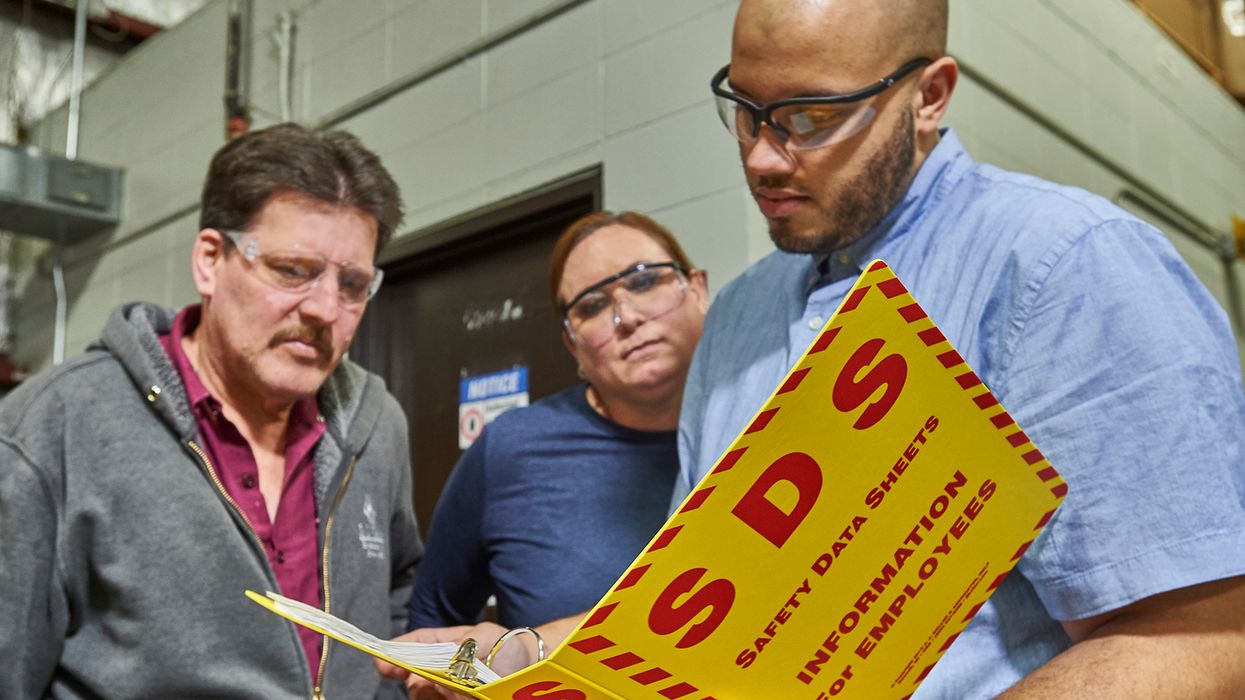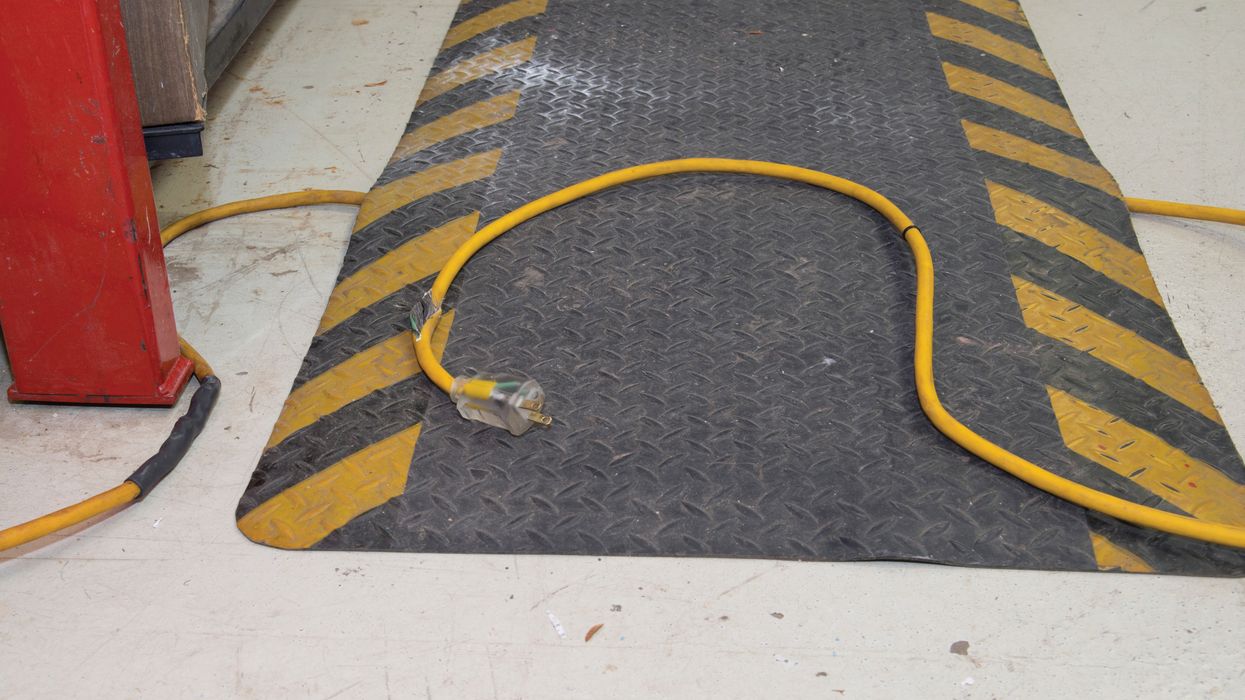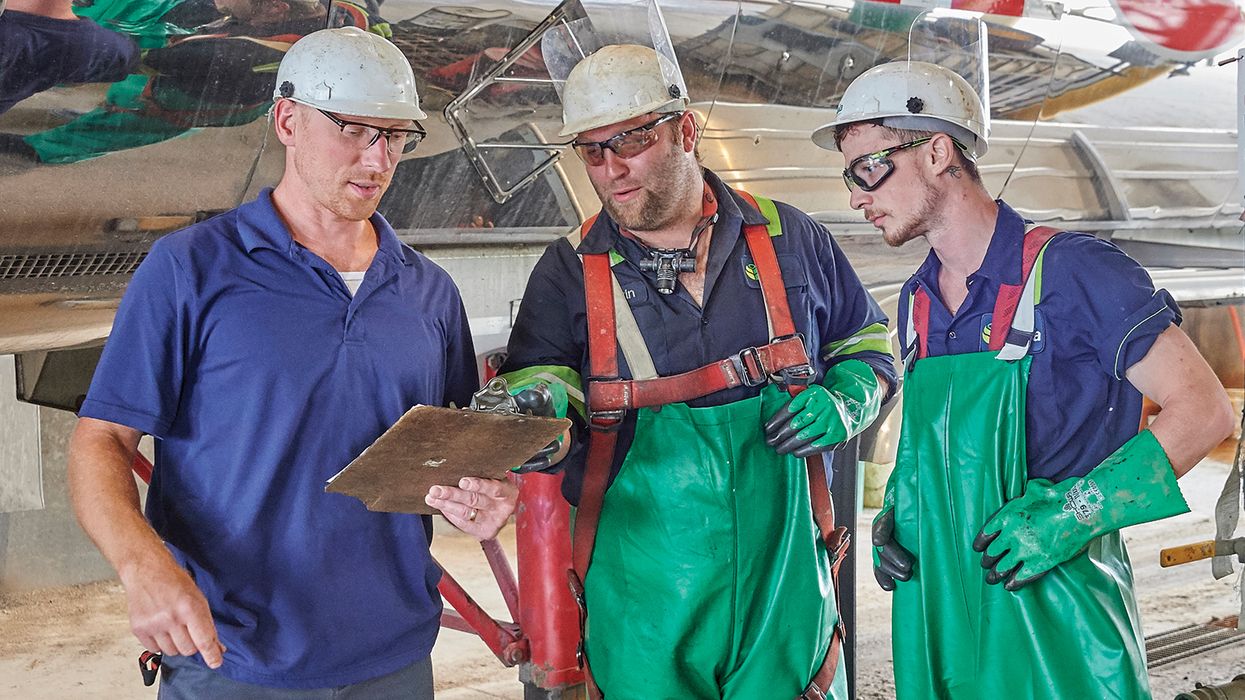OSHA’s severe violator enforcement program explained
For most employers, OSHA inspections are rare but impactful. A citation can mean thousands of dollars in penalties, costly abatement measures, and reputational damage. But employers who commit particularly serious violations may find themselves placed in OSHA’s Severe Violator Enforcement Program (SVEP), a designation that brings heightened scrutiny, repeat inspections, and long-term damage to a company’s brand and operations. OSHA launched the SVEP in 2010 to target employers who demonstrate indifference to their safety and health responsibilities. The program is reserved for the most serious violators, including:
- Willful, repeat, or failure-to-abate violations tied to workplace fatalities or catastrophes (three or more hospitalizations).
- Violations related to high-emphasis hazards such as fall protection, amputations, combustible dust, crystalline silica, or trenching.
- Egregious cases showing total disregard for safety.
Being placed in the program means an employer is flagged for increased enforcement, mandatory follow-up inspections, and public listing on OSHA’s website.
What does SVEP mean for employers?
- Heavier financial penalties - OSHA citations can already run into six figures per violation, with penalties adjusted annually for inflation (over $16,000 per serious violation and more than $165,000 for willful/repeat in 2025). SVEP cases often involve multiple willful or repeat violations, which can balloon into millions of dollars in fines.
- Follow-up and nationwide Inspections - Employers in SVEP are subject to follow-up inspections at the cited facility. OSHA can also inspect other worksites under the same corporate entity to look for similar hazards, expanding liability across the company.
- Mandatory abatement and oversight - Companies could be required to adopt strict abatement measures, such as third-party audits, formal safety management programs, or regular progress reports. On top of that, failure to comply with these requirements can trigger additional citations.
- Public exposure and reputational damage - SVEP cases are publicly listed on OSHA’s website, often with press releases highlighting employer negligence. This can potentially damage relationships with customers, investors, and potential hires.
- Long-term monitoring - Unlike routine citations, SVEP designations remain active until an employer demonstrates sustained compliance. So, even after abatement, companies may remain under constant pressure for years.
Avoid becoming a SVEP
Avoiding OSHA’s Severe Violator Enforcement Program starts with taking a proactive approach to workplace safety rather than waiting for an inspection or incident to force change. Employers that treat compliance as the bare minimum often miss hazards that lead to repeat violations, costly penalties, and public exposure under SVEP. The key is to focus on prevention: identify risks before OSHA does, address them quickly, and build systems that demonstrate a genuine commitment to worker protection. By embedding safety into daily operations and ensuring accountability at every level, employers can significantly reduce the chance of being flagged as a severe violator.
One of the most effective strategies is conducting regular audits and job hazard analyses. These assessments allow employers to identify risks before they result in incidents or attract OSHA’s attention. Special focus should be given to high-emphasis hazards like fall protection, machine guarding, trenching, and confined spaces, as these are frequently tied to SVEP cases. By prioritizing these high-risk areas, employers can address the hazards most likely to cause severe injuries or fatalities and avoid the repeat violations that draw heightened enforcement.
Equally important is responding quickly and decisively when OSHA does issue citations. A failure-to-abate violation, where hazards are not corrected after being identified, is one of the fastest ways into SVEP. Employers who take immediate corrective action, document their efforts, and follow through on abatement not only reduce risk for their workers but also demonstrate to regulators that they are serious about compliance.
Training and communication also play a central role. Workers must be equipped with the knowledge and resources to recognize hazards and protect themselves. But training alone is not enough — employers need to foster a culture where employees feel comfortable reporting unsafe conditions without fear of retaliation. When workers trust that their voices will be heard and that hazards will be corrected, issues can be addressed before they escalate into violations or incidents.
Then finally, employers who invest in comprehensive safety management systems put themselves in the best position to avoid SVEP. Formal programs that include regular safety audits, clear accountability, and, where appropriate, third-party reviews can help identify systemic issues that might otherwise go unnoticed. These systems not only prevent repeat violations but also provide documented evidence of a company’s ongoing commitment to compliance, an important factor if OSHA ever comes knocking.
Keys to remember: By staying ahead of hazards, correcting violations promptly, empowering workers, and maintaining a strong safety management system, employers can greatly reduce their chances of being placed in the severe violator enforcement program.

